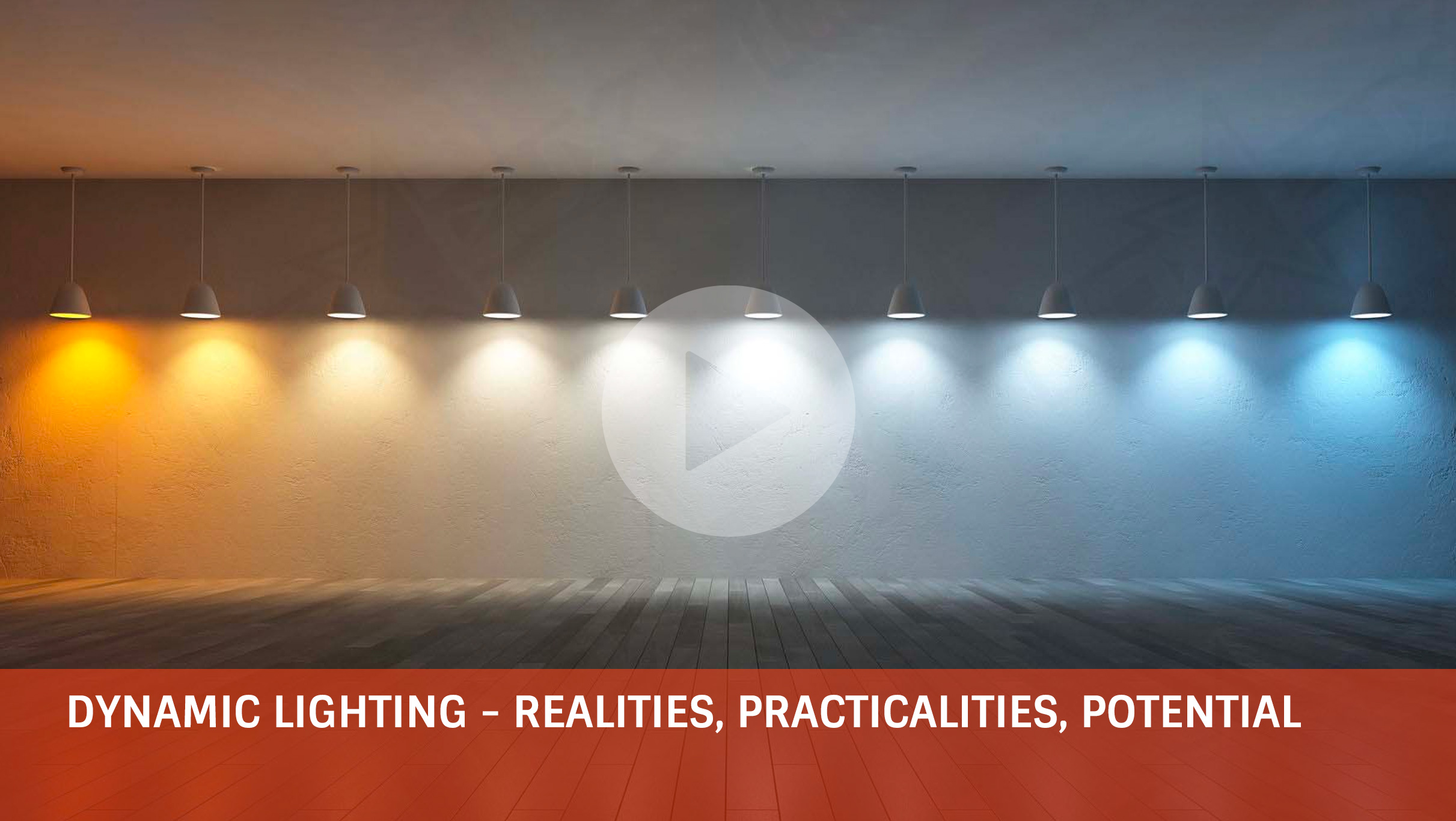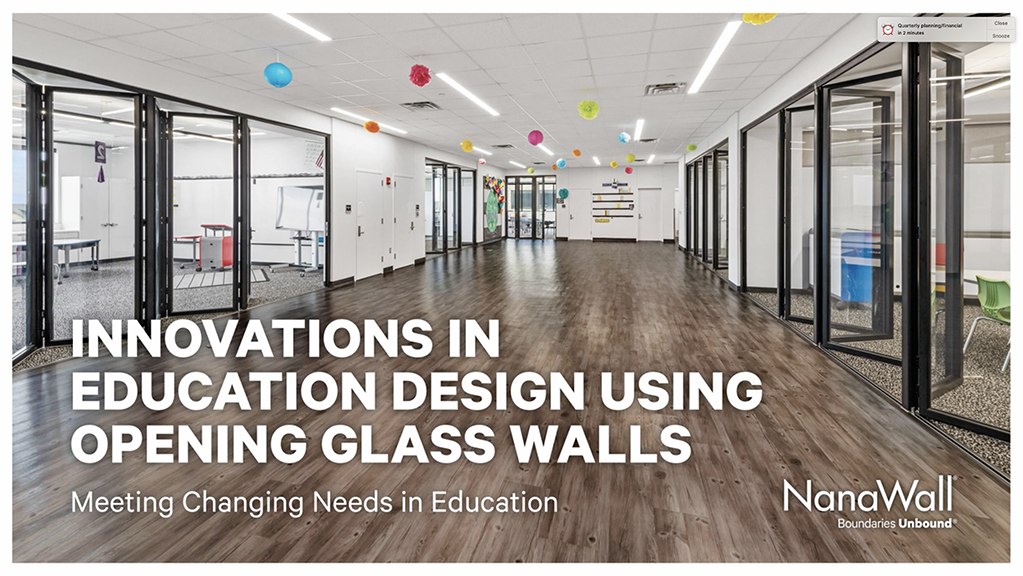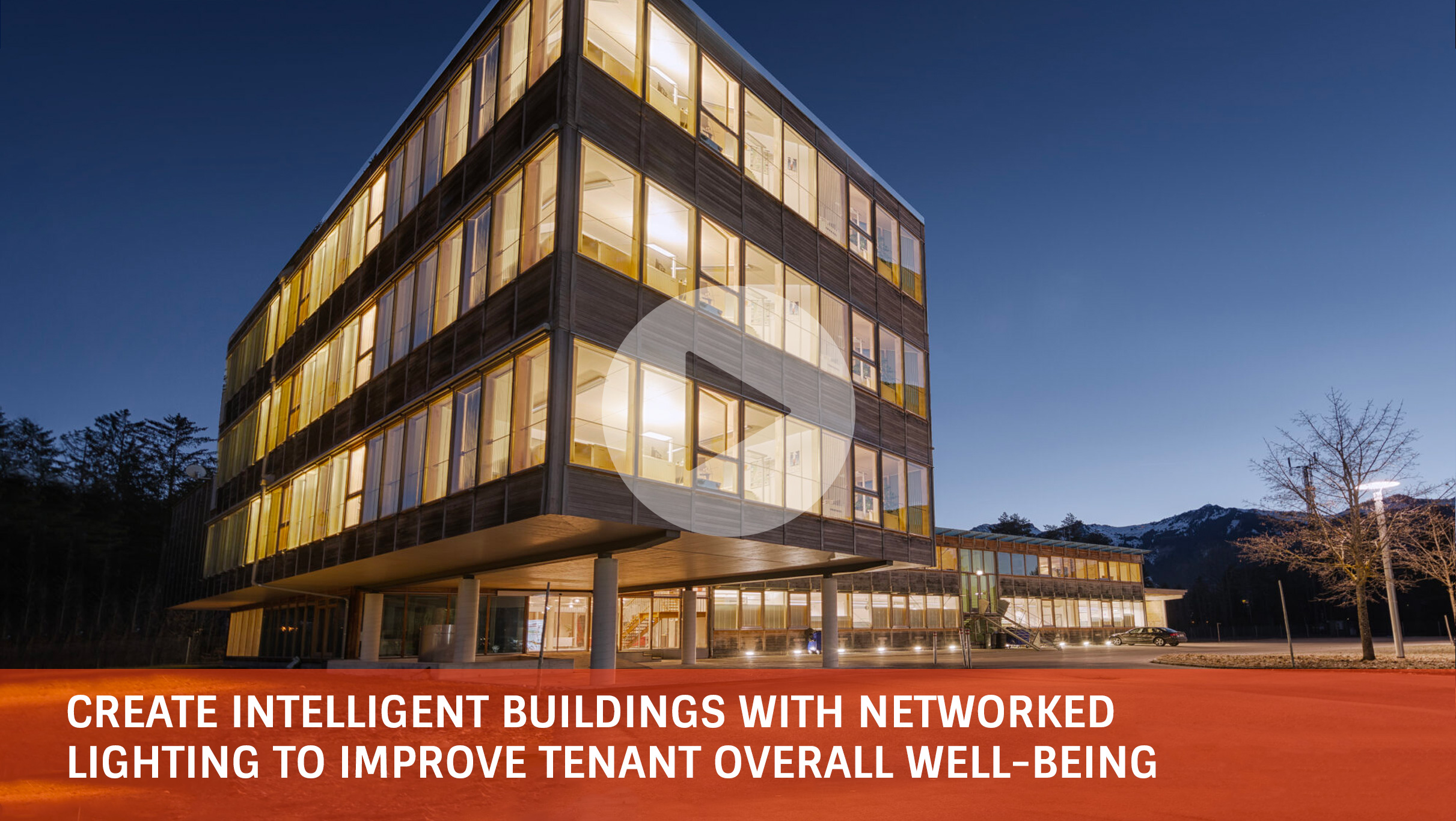Dynamic Lighting - Realities, Practicalities, Potential
Dynamic lighting, also known as tunable, color-changing, and circadian lighting, is being adopted and employed in current lighting designs. There are many studies showing the benefits of dynamic lighting in built environments. Early adopters have seeded the market and several lighting manufacturers now employ some level of Dynamic Lighting. This course is intended to explore what Dynamic Lighting is, how it works in commercial luminaires, how to control it, and where the lighting community is being directed by standards, regulation, and voice of the customer.
At the end of this course, participants will learn:
- Define elements of dynamic lighting.
- Learn the uses of dynamic lighting.
- See illustrations of how to control dynamic lighting.
- Become aware of the regulations, standards, and customer requests that are driving adoption.

















